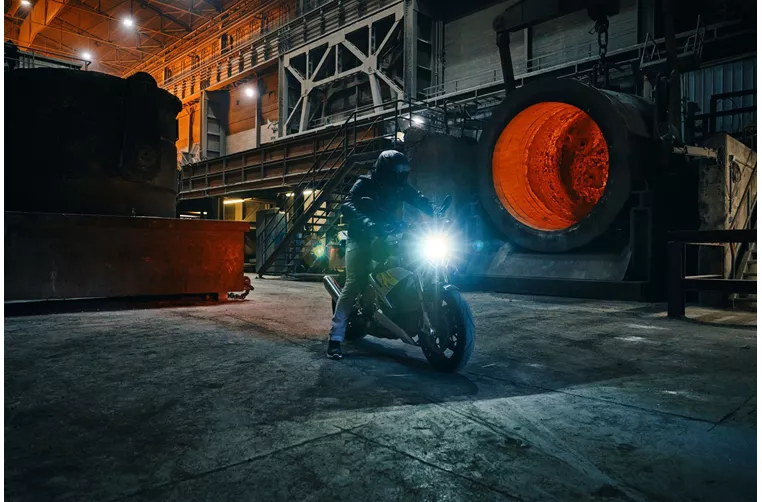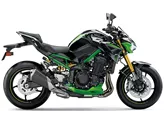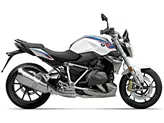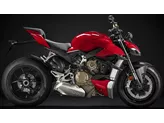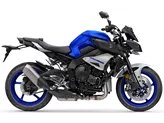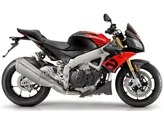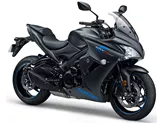BMW S 1000 R 2021 vs. Kawasaki Z1000 2010
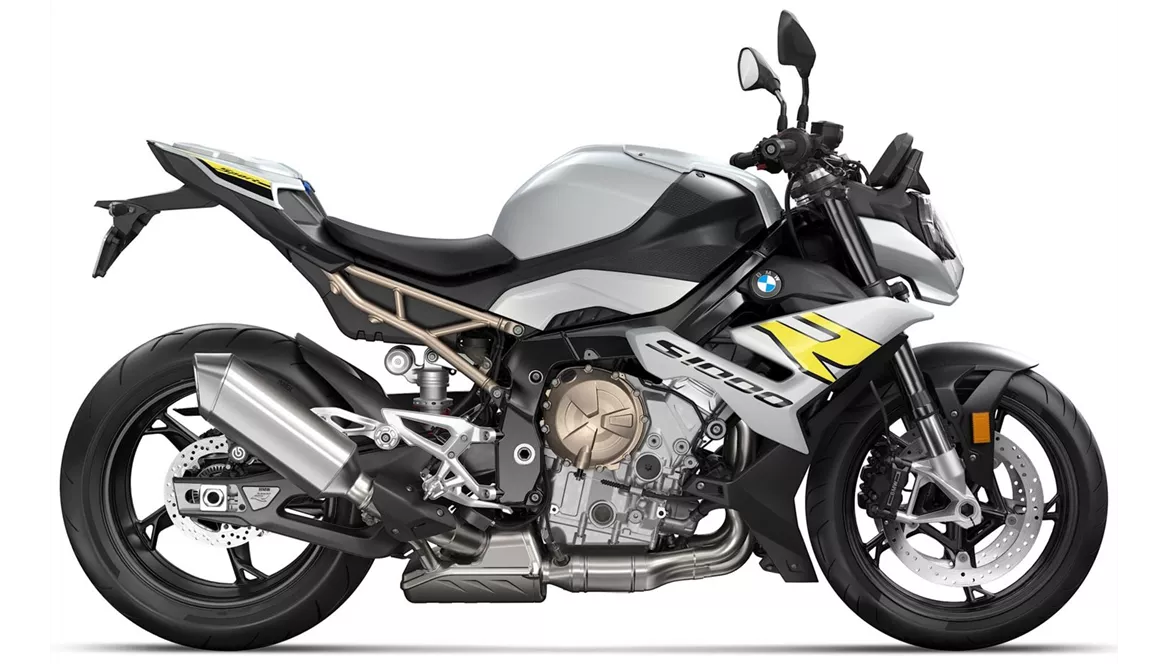
BMW S 1000 R 2021

Kawasaki Z1000 2010
Преглед - BMW S 1000 R 2021 vs Kawasaki Z1000 2010
When comparing the BMW S 1000 R 2021 and the Kawasaki Z1000 2010, it is evident that both bikes have their own unique strengths and weaknesses.
Starting with the BMW S 1000 R 2021, its standout feature is its powerful engine, which boasts an impressive 165 HP. This engine, combined with its four cylinders and liquid cooling system, ensures a high level of performance and reliability. The bike also has a displacement of 999 ccm, providing ample power for any riding situation.
In terms of suspension, the BMW S 1000 R 2021 is equipped with an Upside-Down telescopic fork at the front, which can be adjusted for compression, preload, and rebound. The rear suspension also offers the same adjustability. The bike's chassis is made of aluminum and features a Twin Tube frame, providing a sturdy and lightweight structure.
When it comes to braking, the BMW S 1000 R 2021 utilizes double disk brakes at the front, with four pistons and radial technology. This ensures excellent stopping power and control. The bike also features a front tire width of 120 mm and a rear tire width of 190 mm, contributing to its stability and grip on the road. The wheelbase measures 1450 mm, providing a comfortable and stable riding experience. The seat height is 830 mm, accommodating riders of various heights. Additionally, the fuel tank has a capacity of 16.5 liters, allowing for longer rides without frequent refueling.
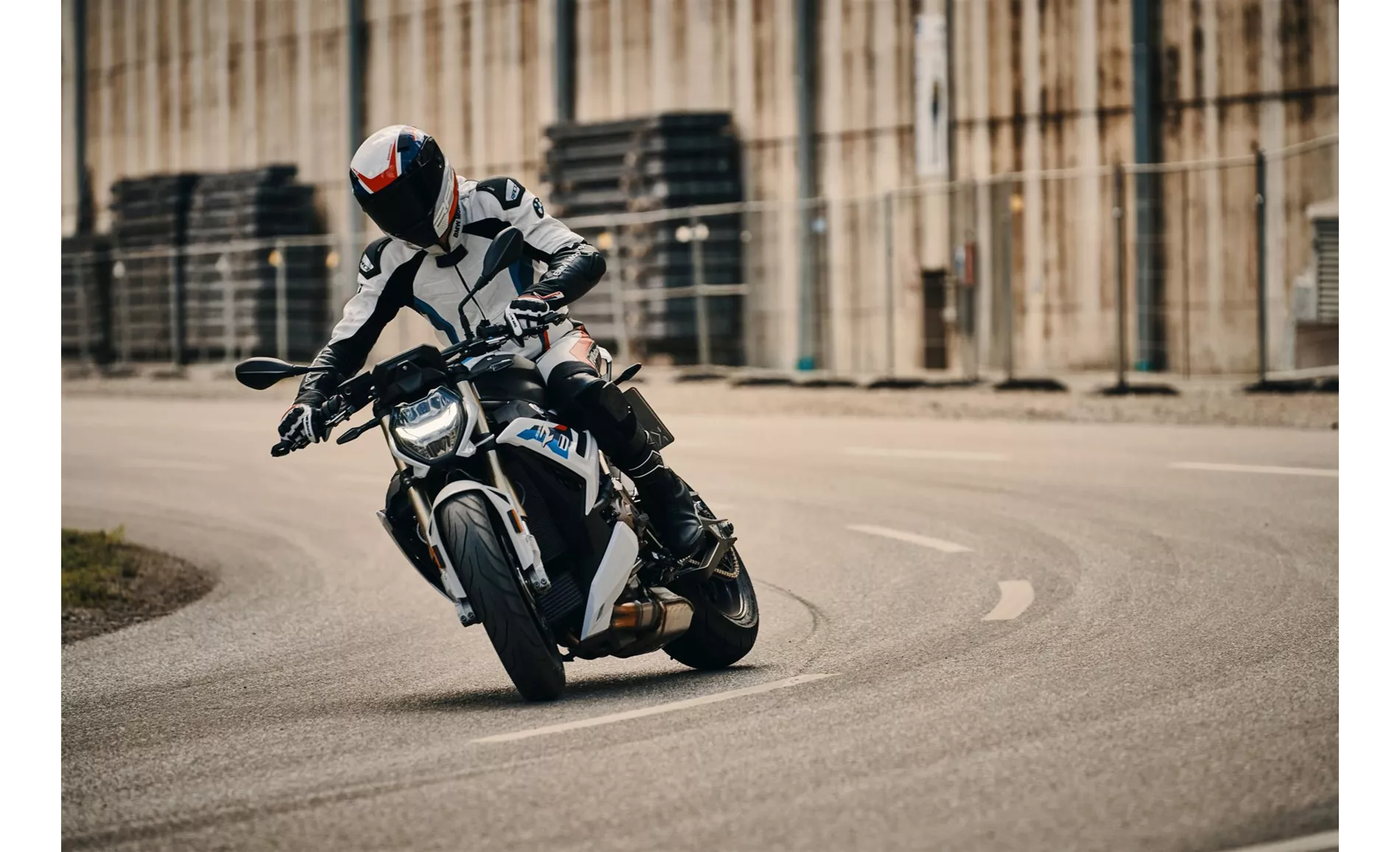
BMW S 1000 R 2021
Moving on to the Kawasaki Z1000 2010, this bike also boasts a powerful engine, although slightly less potent than the BMW S 1000 R 2021, with 138 HP. It shares similar characteristics with the BMW, such as an in-line engine configuration, liquid cooling, and four cylinders. The displacement of the Kawasaki Z1000 2010 is slightly smaller at 1043 ccm, but still provides ample power for an exhilarating ride.
In terms of suspension, the Kawasaki Z1000 2010 features an Upside-Down telescopic fork at the front, which can be adjusted for compression, preload, and rebound, similar to the BMW S 1000 R 2021. The chassis is also made of aluminum, but with a double cradle frame design, providing a balance of strength and flexibility.
The braking system of the Kawasaki Z1000 2010 is similar to the BMW, with double disk brakes at the front, four pistons, and radial technology. Additionally, the front brakes feature Petal technology, which enhances cooling and reduces weight. The front and rear tire widths are the same as the BMW, measuring 120 mm and 190 mm, respectively. The wheelbase is slightly shorter at 1440 mm, but still offers stability and maneuverability. The seat height is 815 mm, slightly lower than the BMW, providing a comfortable riding position. The fuel tank capacity is 15 liters, which is slightly smaller than the BMW but still allows for decent range.
In terms of strengths, the BMW S 1000 R 2021 excels in its powerful engine, good brakes, comfortable ergonomics, and the availability of high-priced but high-performance optional extras. It is also praised for its simple operation while still being incredibly fast, making it a great all-rounder.

Kawasaki Z1000 2010
On the other hand, the Kawasaki Z1000 2010 is praised for its satisfaction in the saddle, plenty of power, pure pull, good chassis, comfort, sophisticated design, and tightly tuned suspension elements. It is also noted for its more direct handling, providing a thrilling riding experience.
As for weaknesses, the BMW S 1000 R 2021 is criticized for its quickshifter, which is good but not perfect, and its slightly intrusive sound. Some riders also report vibrations in the handlebars, which may be a drawback for some.
The Kawasaki Z1000 2010 has fewer weaknesses, with only slightly suboptimal brake inputs mentioned, although they are still considered acceptable.
In conclusion, both the BMW S 1000 R 2021 and the Kawasaki Z1000 2010 are impressive naked bikes with their own unique strengths and weaknesses. The BMW offers a more powerful engine and high-performance extras, while the Kawasaki provides a thrilling riding experience and a more direct handling. Ultimately, the choice between the two will depend on the rider's preferences and priorities.
Техничке спецификације BMW S 1000 R 2021 у поређењу са Kawasaki Z1000 2010
За и против у поређењу
За и против у поређењу
BMW S 1000 R 2021
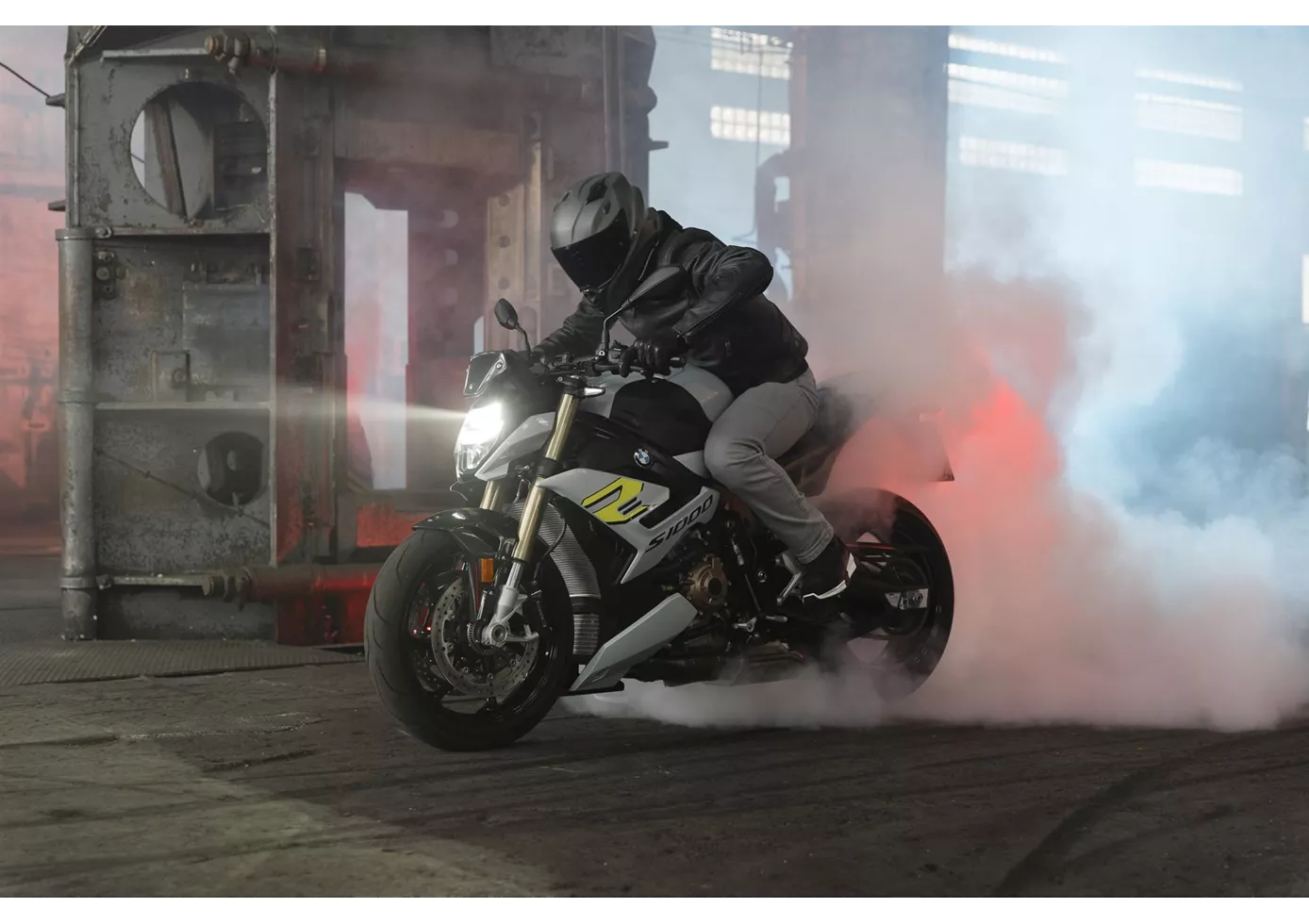
It's really impressive how BMW always manages to make good motorbikes even better. The sporty S 1000 R with M package and carbon rims looks a bit threatening at first. But even in 2021, the S 1000 R serves up high-tech and performance in a grandiose, usable dosage. The machine rides precisely, handles well but is not tippy. The engine fires out of the corners, but does not overtax. A damn fast motorbike!
Kawasaki Z1000 2010
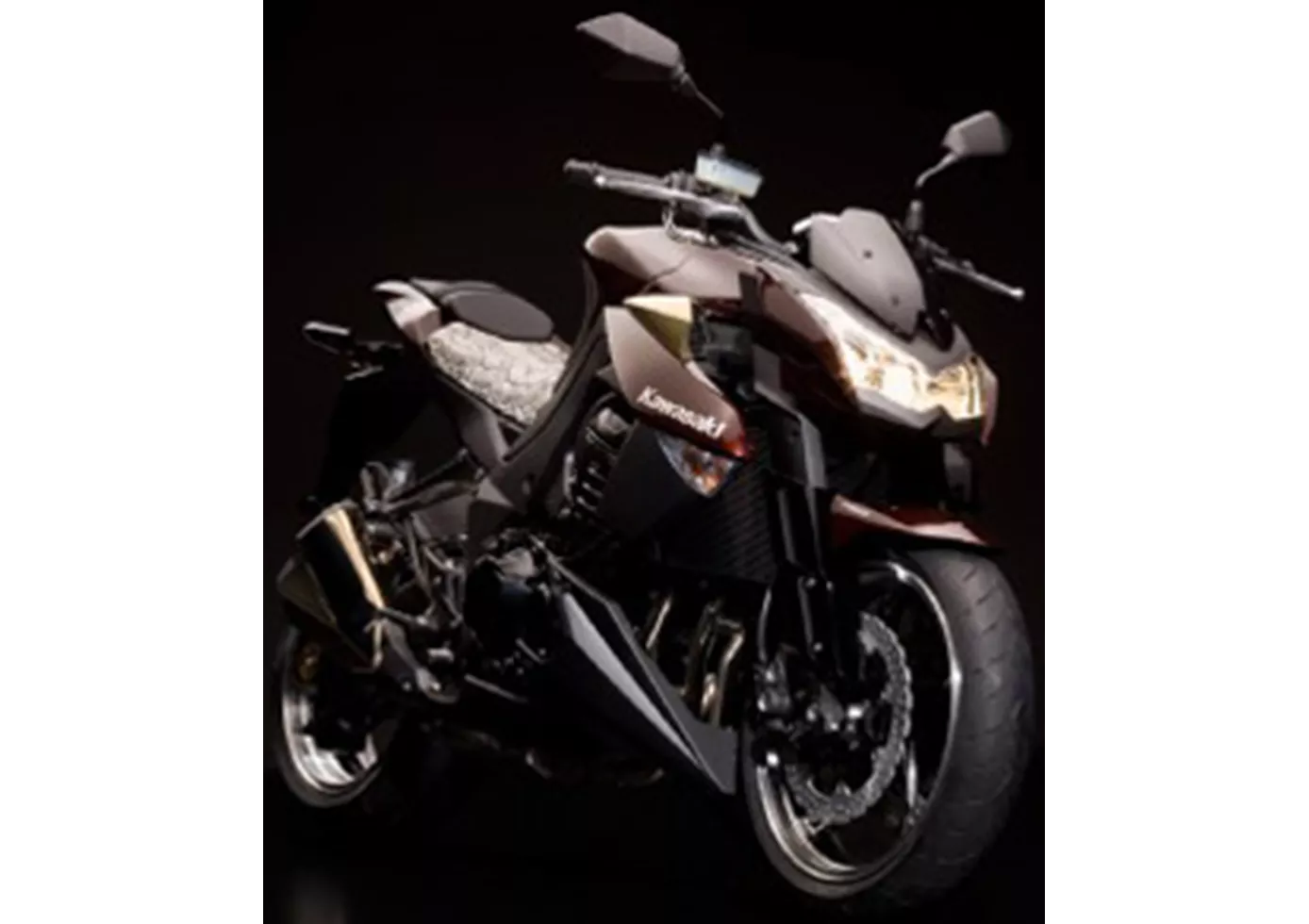
Some made a noble impression at first glance, but the Japanese managed to screw up the whole bike by fitting a single rancid part (exhaust, indicators, swingarm, fork,...). Kawasaki brings the Z 1000 in 2010 all new and all serious.
Поређење цена Просечна тржишна цена BMW S 1000 R vs Kawasaki Z1000
There are a few key differences between a BMW S 1000 R 2021 and a Kawasaki Z1000 2010. There are the same number of bikes of both models available on the 1000PS.de marketplace, specifically 15. It takes less time to sell a Kawasaki Z1000 with 65 days compared to 67 days for the BMW S 1000 R. Since model year 2014 1000PS.de editors have written 62 reviews for the BMW S 1000 R and 41 reviews for the Kawasaki Z1000 since model year 2005. The first review for the BMW S 1000 R was published on 11/3/2013 and now has more than 17,300 views. This compares to more than 5,800 views for the first review on Kawasaki Z1000 published on 9/2/2002.
